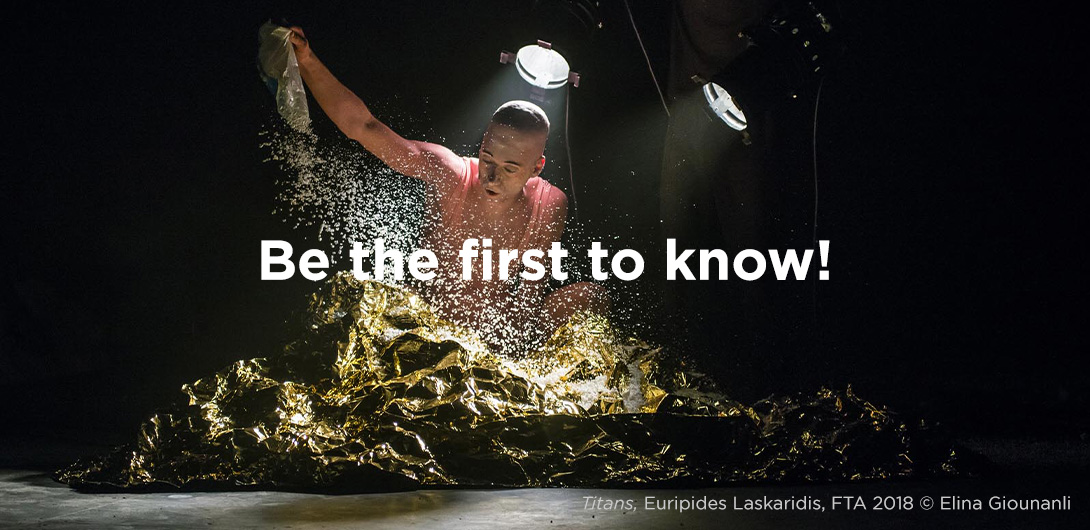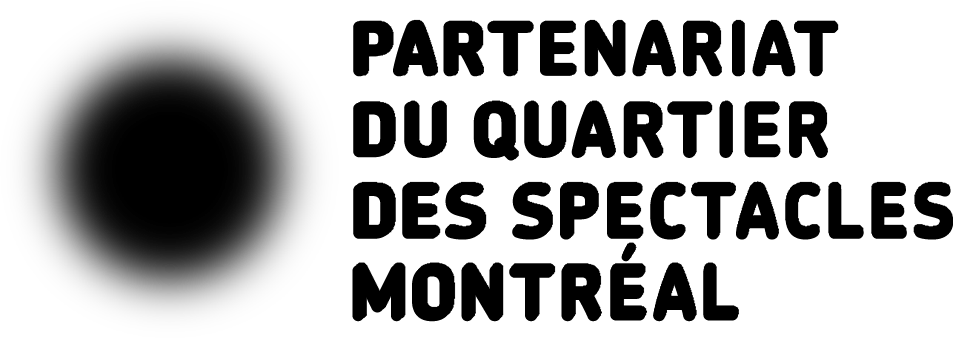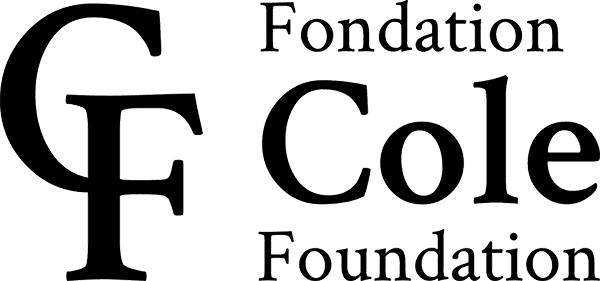Soliloquio is the second work in a trilogy highlighting your origins and various cultures facing erasure, while also voicing a critical discourse. How do these different components interact?
I fled my native region, its poverty and violence to study a theatrical tradition that is rooted in Greek culture. In Adiós Matepac, I bid farewell to this heritage—my artistic father, in a way—by getting closer to my biological one. I criticize, indirectly but nevertheless harshly, the health system that allowed my sister to die. I condemn the intentions of a White Argentina that oppresses certain types of bodies; a “necropower” that decides which bodies live or die. In Soliloquio, which was inspired by letters I wrote to my mother during the pandemic, I also criticize art that eludes reality, concealing it by cooperating with these powers in all sorts of ways.
Of course, these works are contradictory in their very nature, because they are funded by the government, created based on what I’ve learned in the education system, and showcased through international networks. But they are subversive because they tackle topics that are specific to northern Argentina, which aren’t of interest to most Porteños, and because they denounce systemic inequalities. Drawing on my own story, I create artworks to transform the lives of those closest to me.
Inviting these Indigenous communities to take part in a work of art is by no means a trivial gesture. It is a way of letting them know that their culture is important and that it is crucial for them to reclaim it. Because we are the heirs of a hollow legacy: I do not speak Quechua or Guaraní, the two ancestral languages of my native land; I do not know the dances, the chants, the instruments of my ancestors because the systems of power throughout history have made sure none of this was passed on. Soliloquio is my quest for this missing heritage.
Speaking of which, how did you create the scenography?
My father travelled on foot to the surrounding villages, searching for various elements to include. We had this idea of getting the community involved in the project, because the story I’m telling is not only my own. By reading articles on Soliloquio, all these people will be able to see that their contribution was put to good use. This type of mobilization is the purpose of the art I currently wish to create.
As a family, we reflected on what we could incorporate from our childhood, our rituals, our cosmogony, such as the Andean drum. During corn harvest season, I would hear the adults singing and dancing around a fire, summoning our gods or departed loved ones. I firmly believe that when I perform these rituals today, each of my drum beats liberates one of their cries.
There is also my “armour of flowers,” made of wool and blossoms, like the ones that were used to crown sheep in order to label them. These braids were then hung on bushes as a way to give thanks to nature for its bounty. It was also a way of marking the path towards the pastures so that the sheep could find their way back. Symbolically, these flowers lead me back to my own home.
Soliloquio is extremely critical, but it also carries a great sadness…
My writing and art are sad because I am. All these years of sadness have allowed me to think deeply about myself, my family, the societal context and the root causes of this sadness. Because despite all the affection I received from my relatives, for structural reasons, I had to raise myself on my own. And sadness has allowed me to do this. There is no anger or joy in my work. I cannot rejoice in the world such as it is, and anger is impulsive, whereas I’m trying to build bridges.
As I tell my mother in the piece, politics is a complex space of discussion, and it is one that I wish to inhabit. Because I want people to come see the work, I don’t want them to feel attacked. All of this can seem complicated to them too; everyone carries their own conflicts. And what I wish is for us all to gather, beyond any distinctions created by the system, to tell each other that there are things we need to keep thinking about, things we must keep discussing.










